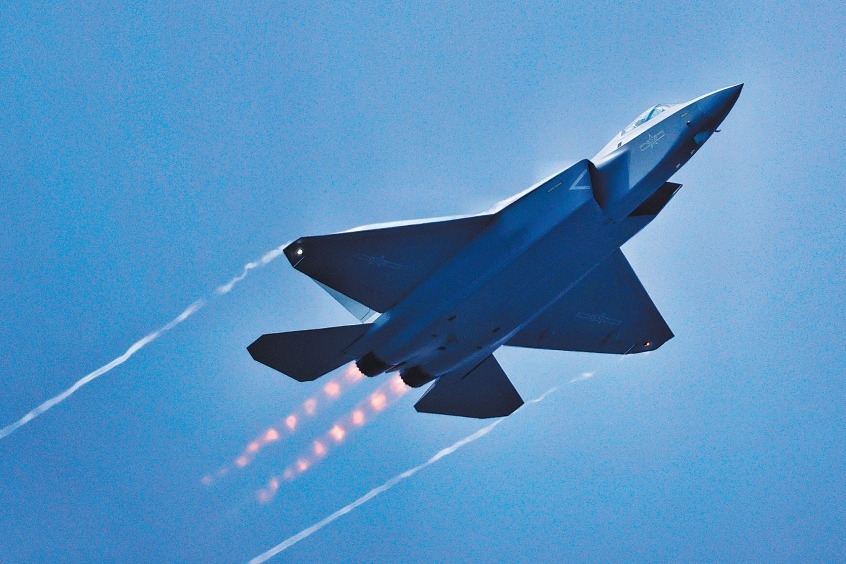Private firms race to build carrier rockets
By Zhao Lei | China Daily | Updated: 2018-07-16 07:21
Both the Hyperbola-1Z and Hyperbola-1 will use solid propellants.
He said the Hyperbola-1Z will conduct a flight to an altitude of about 150 kilometers before placing a retrievable mini satellite into orbit.
The mission will mark the first time a privately developed rocket is launched from a national space facility, as opposed to previous launches that used non-space testing fields, he said.
Xie said Hyperbola-1 will have its debut flight in the first half of 2019.
It will have a diameter of 1.4 m, a length of 20 m and a liftoff weight of 31 metric tons.
The rocket will be able to transport a 300-kilogram satellite into a low-Earth orbit or a 100-kg satellite into a sun-synchronous orbit.
He noted that four launches of Hyperbola-1 rockets are scheduled in 2019 to lift clients' satellites.
His company has also begun to design the Hyperbola-3, a larger type rocket with nine 15-ton-thrust, liquid-propellant engines, and plans to launch it as early as 2020, Xie said.
In late June, i-Space announced it has received an investment of 600 million yuan ($90 million) from more than 10 domestic funds and venture capital.
OneSpace, headquartered near i-Space, is probably the most talked about firm in the media compared to its peers, thanks to its high-profile founder Shu Chang.
It has been preparing for the first mission of its OS-M1, a 19-m, solid-propellant rocket which OneSpace has pinned high hopes of attracting launch contracts for small satellites.
The company has garnered total investment of nearly 500 million yuan from domestic agencies and plans for an annual manufacturing capacity of around 50 rockets in 2020.
In addition to the two that have had launches, another heavyweight player, Land-Space, which is also a space industry startup in Beijing, has published a plan to build "the largest and most powerful carrier rocket designed and built by a Chinese private rocket company".
























